Home>Furniture & Design>Living Room Furniture>How To Make A Room Divider Using PVC Pipe
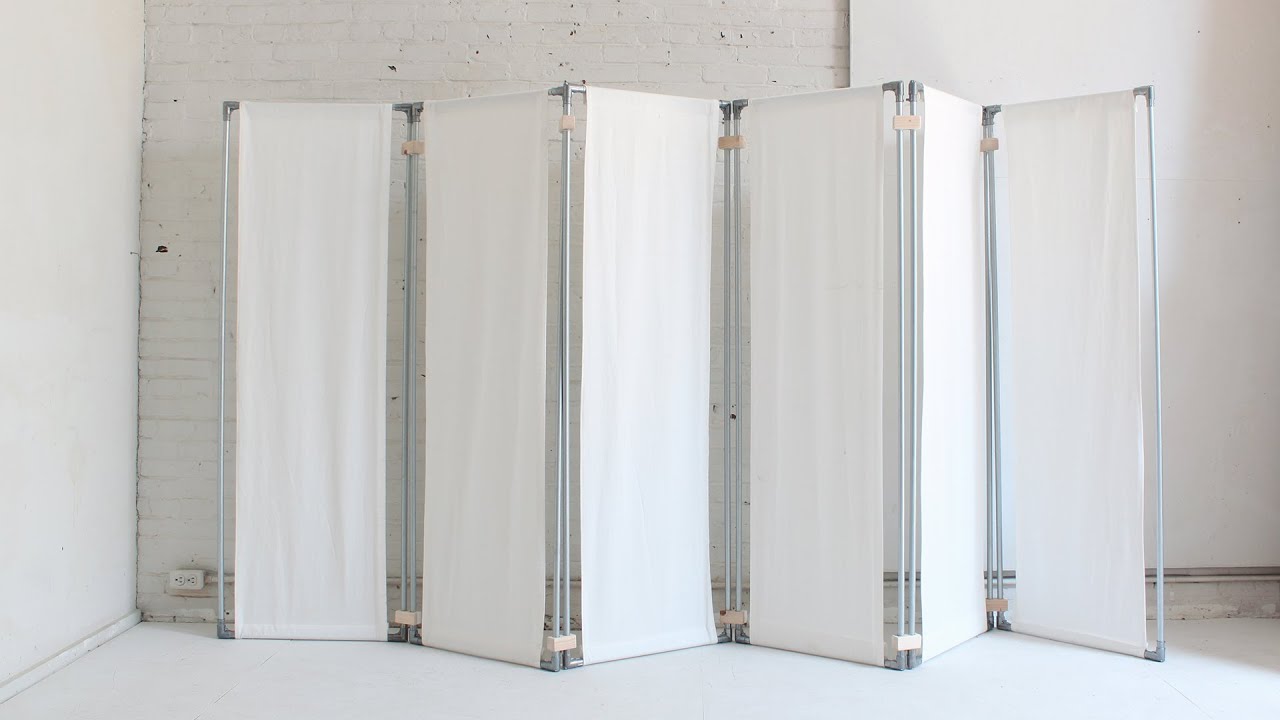

Living Room Furniture
How To Make A Room Divider Using PVC Pipe
Modified: February 24, 2024
Learn how to create a stylish and functional room divider using PVC pipe to enhance your living room furniture and design. Discover step-by-step instructions and creative ideas!
(Many of the links in this article redirect to a specific reviewed product. Your purchase of these products through affiliate links helps to generate commission for Storables.com, at no extra cost. Learn more)
Introduction
Read more: How To Make A PVC Pipe Towel Rack
Introduction
Are you looking to add a touch of creativity and functionality to your living space? A room divider can be a versatile solution to define areas, create privacy, and add aesthetic appeal to any room. While there are numerous options available in the market, crafting your own room divider using PVC pipe can be a cost-effective and rewarding DIY project. Not only does it offer flexibility in terms of design and customization, but it also provides an opportunity to showcase your craftsmanship.
In this guide, we will walk you through the process of creating a room divider using PVC pipe. Whether you're a seasoned DIY enthusiast or a novice looking to embark on your first project, this step-by-step tutorial will equip you with the knowledge and inspiration to design a stylish and functional room divider that complements your living room decor.
Let's dive into the materials you'll need to get started.
Key Takeaways:
- Create a stylish and functional room divider using PVC pipes, fabric, and simple tools. Showcase your creativity and craftsmanship while adding privacy and aesthetic appeal to your living space.
- Transform PVC pipes into a personalized room divider that reflects your unique style. From measuring and cutting to adding decorative touches, enjoy the satisfaction of a DIY project that enhances your home.
Materials Needed
Before embarking on this DIY project, it’s essential to gather the necessary materials and tools. Here’s a comprehensive list of what you’ll need:
- PVC pipes: Select the appropriate length and diameter based on your desired divider size. These pipes will form the frame of the divider.
- PVC connectors: These fittings will be used to join the PVC pipes securely. Elbow, T-shaped, and cross-shaped connectors are commonly used in this project.
- Fabric: Choose a durable and visually appealing fabric that will serve as the covering for the PVC frame. The fabric should be slightly larger than the dimensions of the frame to ensure a snug fit.
- Measuring tape: Accurate measurements are crucial for ensuring the divider fits perfectly in your space.
- Saw: A PVC pipe cutting tool or a hacksaw will be required to cut the PVC pipes to the desired lengths.
- Marker: Use a marker to indicate where the PVC pipes need to be cut, ensuring precision in the cutting process.
- Glue: PVC pipe adhesive or PVC cement will be necessary to secure the connectors and create a sturdy frame.
- Weighing material: Depending on your design, you may need weights or heavy objects to provide stability to the base of the divider.
- Scissors: These will be used to cut the fabric to the appropriate size and shape.
Once you’ve gathered these materials, you’re ready to move on to the first step of the DIY room divider construction process: measuring and cutting the PVC pipes.
Step 1: Measure and Cut PVC Pipes
Accurate measurements are the foundation of a well-constructed room divider. Begin by determining the dimensions of the space where the divider will be placed. Once you have these measurements, you can proceed with the following steps:
- Measure the Space: Use a measuring tape to determine the height and width of the area where the room divider will be installed. Take precise measurements to ensure the divider fits snugly in the designated space.
- Mark the PVC Pipes: Using a marker, mark the PVC pipes at the measured lengths. Double-check the measurements before proceeding to the cutting phase.
- Cut the PVC Pipes: Employ a PVC pipe cutting tool or a hacksaw to cut the PVC pipes according to the marked measurements. Ensure that the cuts are straight and clean to facilitate seamless assembly.
With the PVC pipes accurately cut to size, you’re now ready to move on to the assembly phase, where the frame of the room divider will take shape. This brings us to the next step: assembling the PVC pipe frame.
Step 2: Assemble the Frame
Assembling the PVC pipe frame is a pivotal stage in creating a sturdy and visually appealing room divider. Follow these steps to seamlessly construct the frame:
- Connect the PVC Pipes: Begin by joining the cut PVC pipes using the appropriate connectors. Depending on your design, you may need elbow connectors, T-shaped connectors, or cross-shaped connectors to create the desired structure. Apply PVC pipe adhesive or cement inside the connectors before attaching them to the pipes to ensure a secure fit.
- Create the Desired Configuration: Assemble the PVC pipes and connectors according to the design you’ve envisioned. Whether it’s a simple three-panel divider or a more intricate pattern, ensure that the frame is stable and well-balanced.
- Double-Check the Alignment: Verify that the PVC pipes are aligned correctly and that the frame stands upright without any wobbling. Make any necessary adjustments to ensure the frame is structurally sound.
Once the frame is assembled, it’s time to move on to the next step: attaching the fabric to the PVC pipe structure, which will not only enhance the visual appeal of the divider but also provide privacy and functionality.
Read also: 12 Amazing Pvc Room Divider For 2024
Step 3: Attach the Fabric
Adding fabric to the PVC pipe frame is where your room divider begins to take on its distinctive appearance. Follow these steps to expertly attach the fabric:
- Choose the Fabric: Select a durable and visually appealing fabric that complements your room’s decor. Ensure that the fabric is slightly larger than the dimensions of the PVC frame to allow for a snug fit.
- Position the Fabric: Lay the fabric flat on the ground and place the PVC frame on top of it. Ensure that there is adequate fabric on all sides to cover the frame entirely.
- Secure the Fabric: Starting from one end, use a staple gun or fabric adhesive to secure the fabric to the PVC frame. Work your way around the frame, pulling the fabric taut as you secure it to ensure a smooth and wrinkle-free finish.
- Trim Excess Fabric: Once the fabric is securely attached to the frame, trim any excess material to achieve a neat and polished appearance.
With the fabric elegantly draped over the PVC frame, your room divider is beginning to take shape. The next step involves adding stability to ensure that the divider stands securely in place, providing both functionality and aesthetic appeal.
When making a room divider using PVC pipe, make sure to measure and cut the pipes accurately to ensure a sturdy and stable structure. Use a PVC pipe cutter for clean and precise cuts.
Step 4: Add Stability
Stability is crucial to ensure that your PVC pipe room divider stands securely in place, serving its purpose effectively. Follow these steps to enhance the stability of your divider:
- Weighted Base: Depending on the design of your room divider, you may need to add weights or heavy objects to the base to prevent it from tipping over. Place these weights discreetly at the bottom of each panel or at strategic points along the base to provide stability.
- Secure Connections: Double-check the connections of the PVC pipes to ensure that they are firmly joined. If necessary, apply additional PVC pipe adhesive or cement to reinforce the connections and minimize any wobbling.
- Positioning: Once the stability measures are in place, carefully position the room divider in its intended location. Ensure that it stands upright without any tilting or instability.
By implementing these stability measures, you can be confident that your PVC pipe room divider is not only visually appealing but also reliably functional. The final step involves adding the finishing touches to complete the look and functionality of your DIY creation.
Step 5: Finishing Touches
Adding the finishing touches to your PVC pipe room divider will elevate its visual appeal and ensure that it seamlessly integrates with your living room decor. Follow these steps to add those final, defining elements:
- Decorative Accents: Consider embellishing the divider with decorative elements that complement your room’s aesthetic. This could include adhesive decals, painted designs, or other embellishments that reflect your personal style.
- Customization: If desired, personalize the divider further by incorporating features such as hanging pockets, photo displays, or small shelves. These additions can enhance both the functionality and visual interest of the divider.
- Lighting: Incorporating subtle LED lighting or string lights along the top of the divider can create a captivating ambiance in the room, especially during evening hours. This lighting feature can add a touch of warmth and sophistication to the space.
- Clean and Inspect: Ensure that the divider and its surrounding area are clean and free from any debris or dust. Inspect the entire structure to confirm that all components are secure and that the fabric covering is neatly in place.
With these finishing touches, your PVC pipe room divider is now a striking and functional addition to your living space. Whether it’s defining separate areas within a room, adding privacy, or simply enhancing the visual appeal, your DIY creation is a testament to your creativity and craftsmanship.
As you admire your completed room divider, take pride in the fact that you’ve not only crafted a practical and stylish addition to your home but also embarked on a fulfilling DIY journey that has added a personal touch to your living room.
Conclusion
Congratulations on successfully creating your own PVC pipe room divider! This DIY project has not only allowed you to add a unique and functional element to your living space but has also provided an opportunity for self-expression and creativity. As you stand back and admire your handiwork, take pride in the fact that you’ve brought a touch of ingenuity and personal flair to your home.
By following the step-by-step process outlined in this guide, you’ve gained valuable insights into crafting a room divider using PVC pipe, from measuring and cutting the pipes to adding the finishing touches that make the divider uniquely yours. The versatility of PVC pipe, coupled with the wide range of fabric options and design possibilities, has empowered you to tailor the divider to suit your specific preferences and needs.
Not only does your new room divider serve a practical purpose by delineating spaces and providing privacy, but it also stands as a testament to your DIY prowess and imaginative spirit. Whether it’s a sleek and modern design, a bohemian-inspired creation, or a vibrant and eclectic statement piece, your room divider reflects your individual style and adds a distinctive charm to your living room.
As you enjoy the enhanced functionality and visual appeal that your PVC pipe room divider brings to your home, take a moment to appreciate the sense of accomplishment that comes with bringing your creative vision to life. This project not only showcases your resourcefulness but also demonstrates how a simple yet innovative DIY endeavor can make a significant impact on your living space.
So, revel in the satisfaction of a job well done, and let your PVC pipe room divider stand as a symbol of your ability to transform ordinary materials into extraordinary creations that enrich your home and reflect your unique personality.
Frequently Asked Questions about How To Make A Room Divider Using PVC Pipe
Was this page helpful?
At Storables.com, we guarantee accurate and reliable information. Our content, validated by Expert Board Contributors, is crafted following stringent Editorial Policies. We're committed to providing you with well-researched, expert-backed insights for all your informational needs.


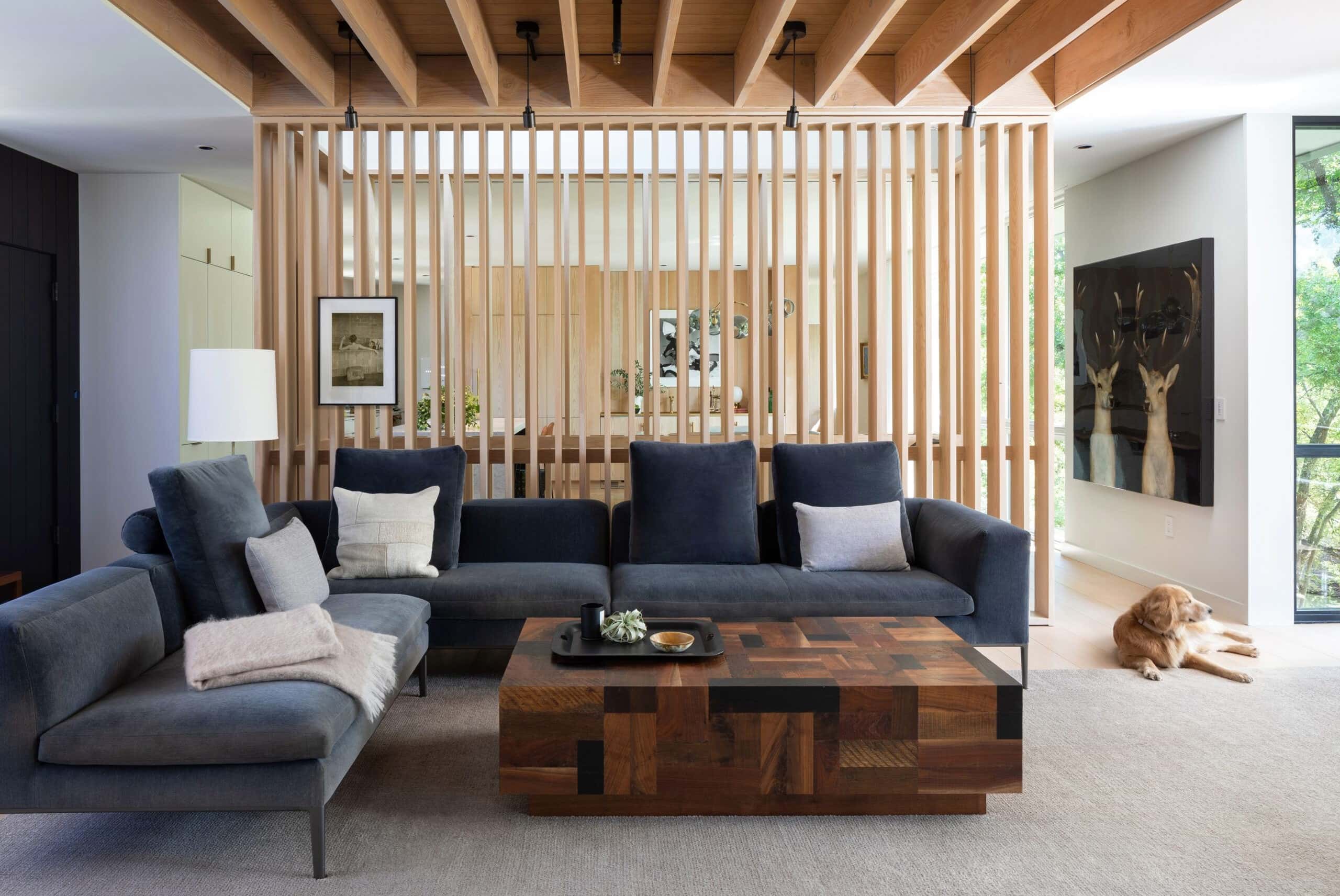
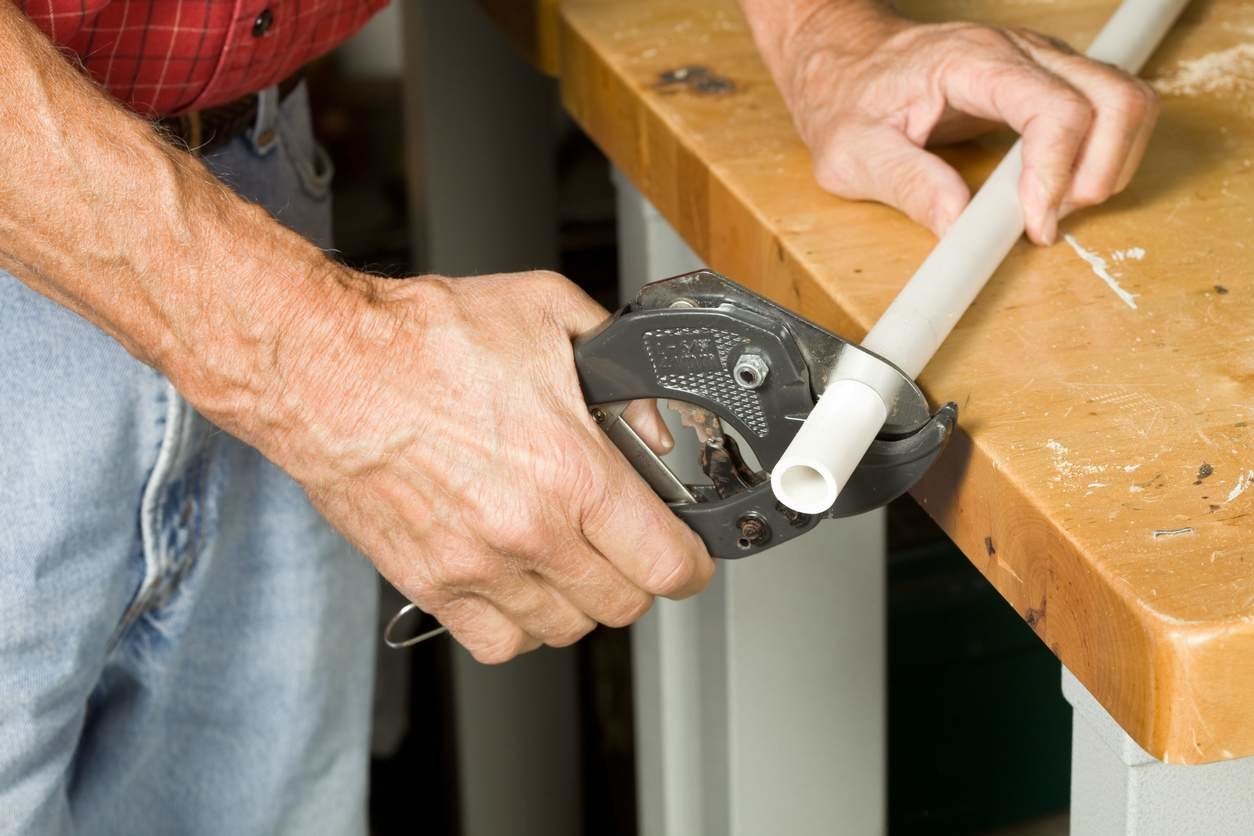
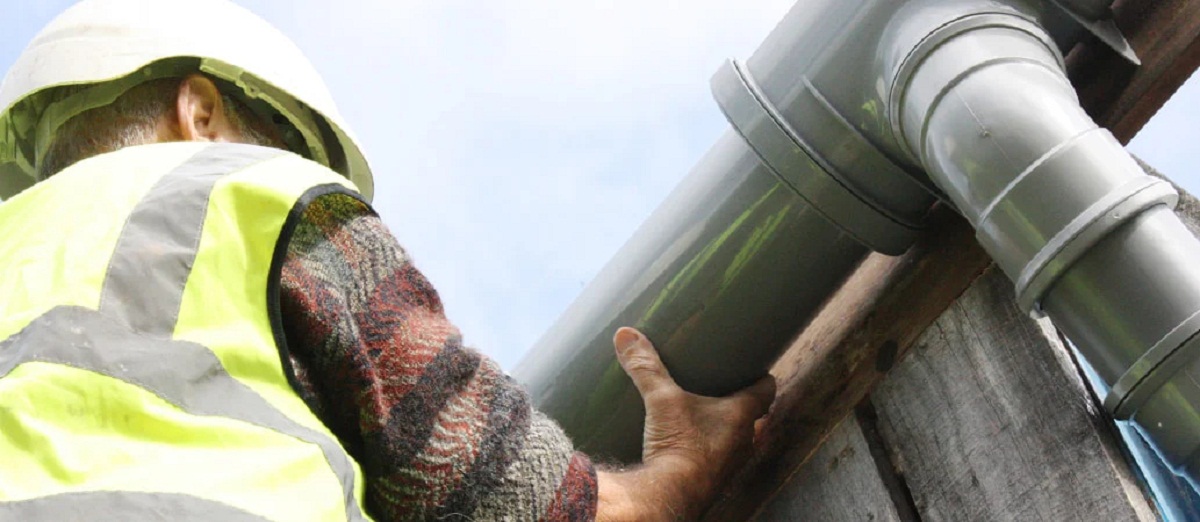
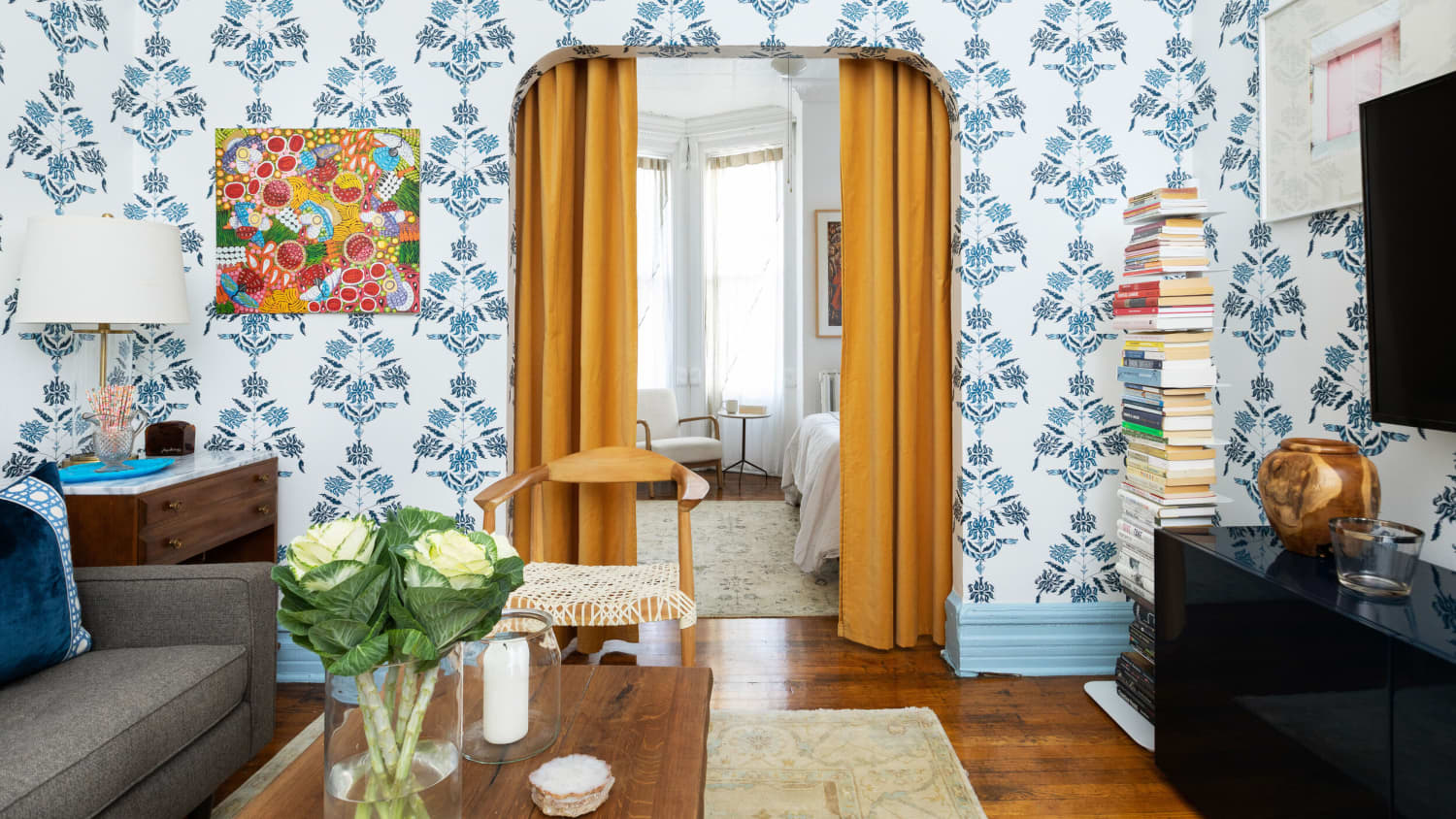

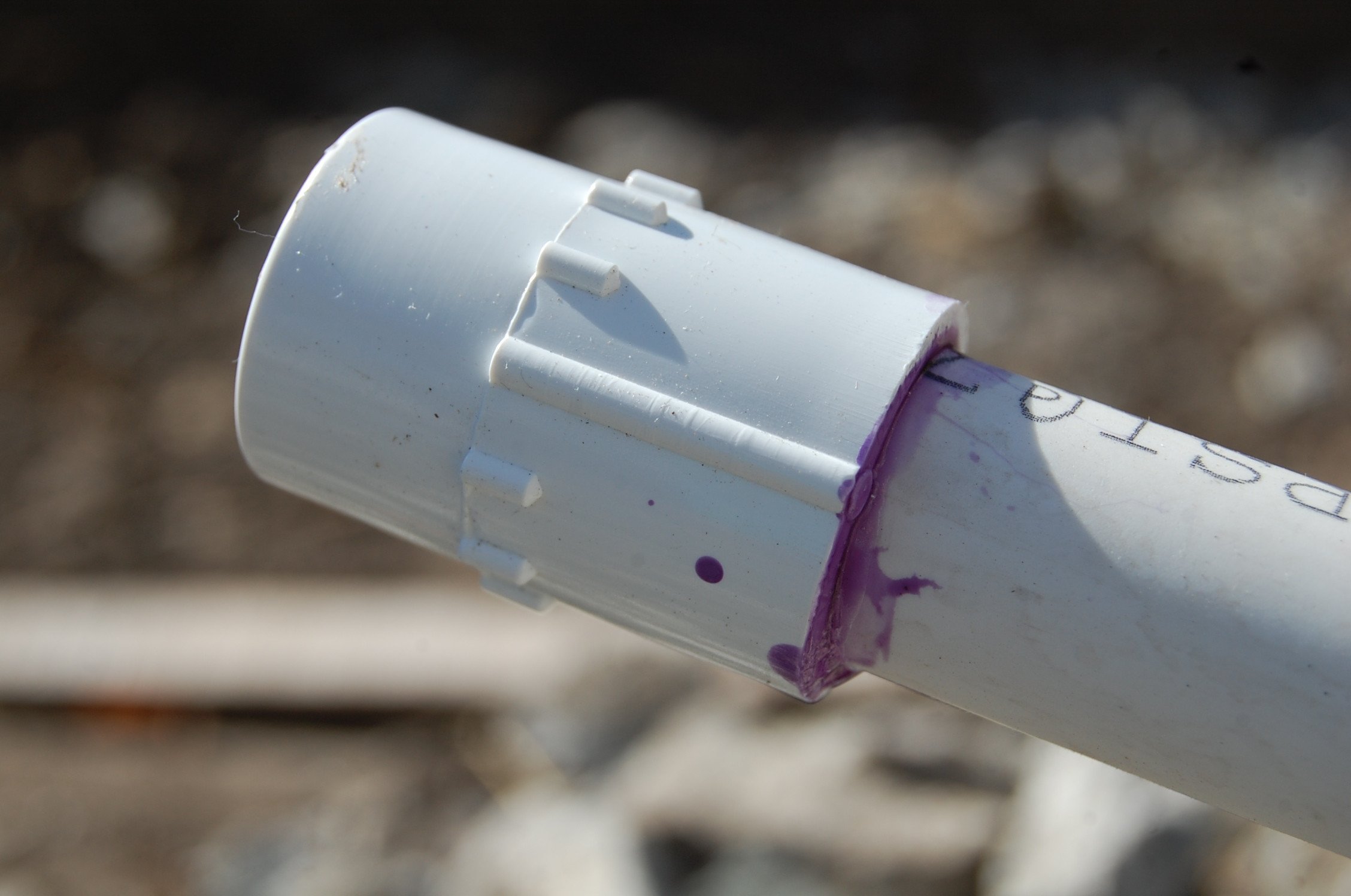
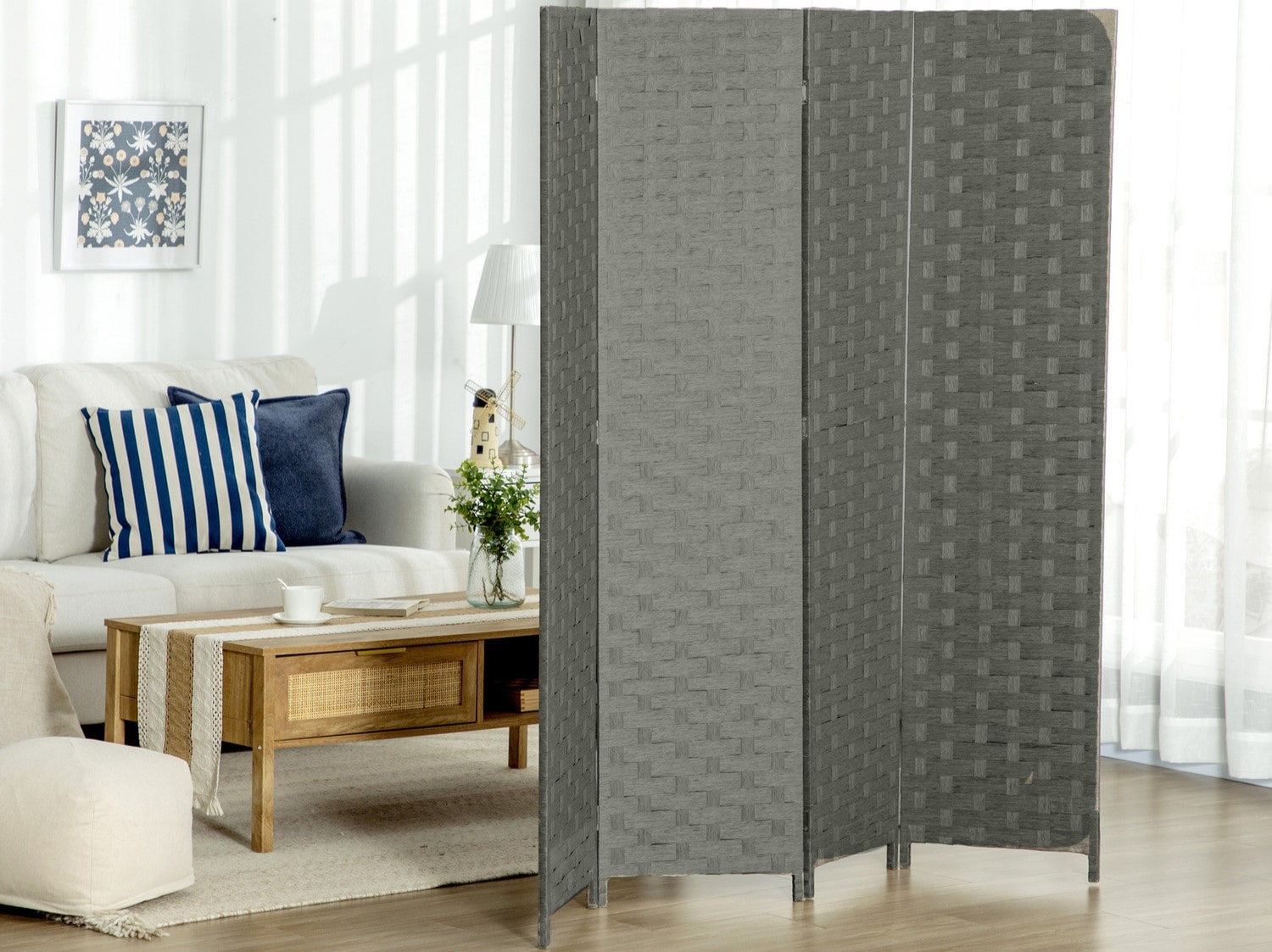
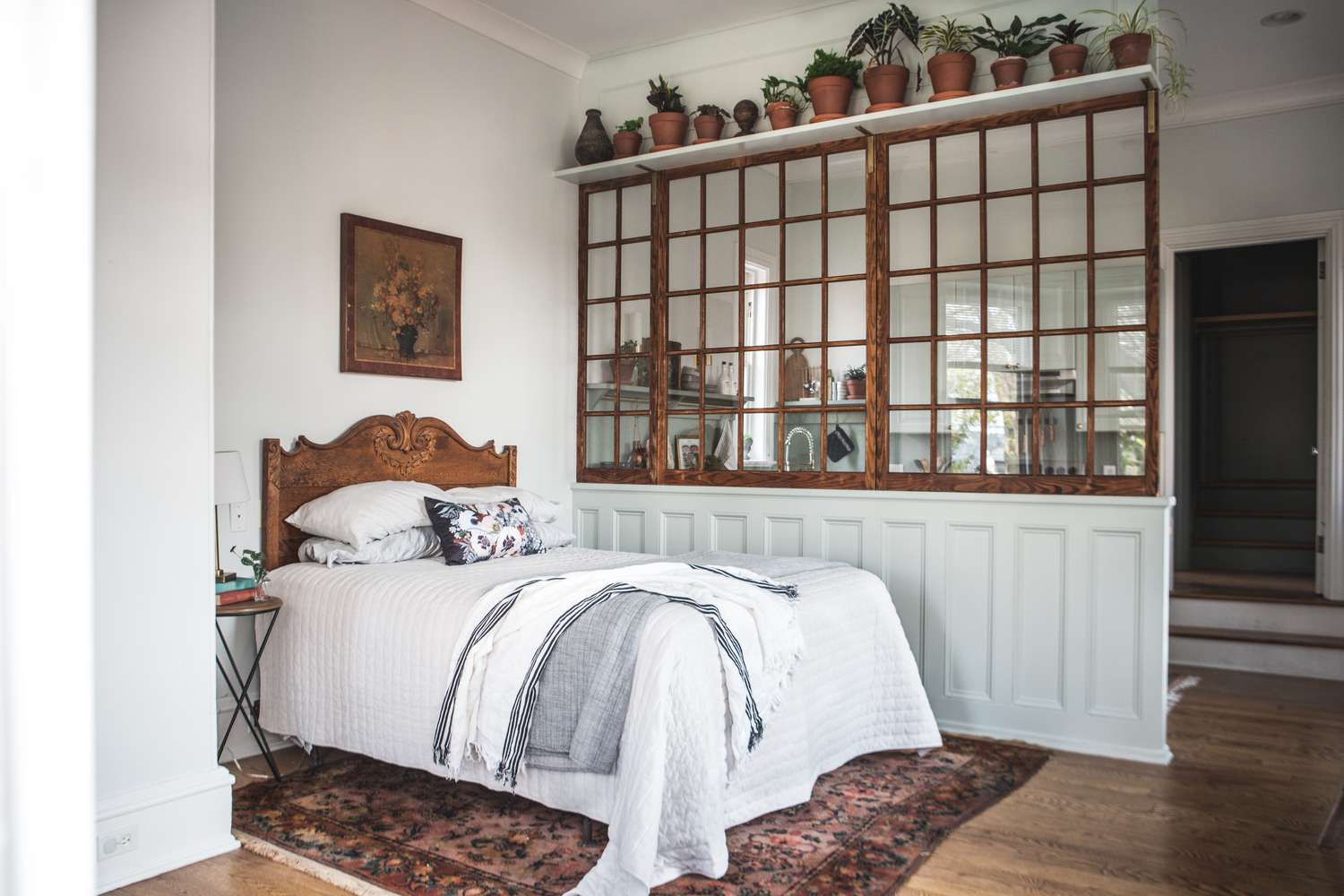
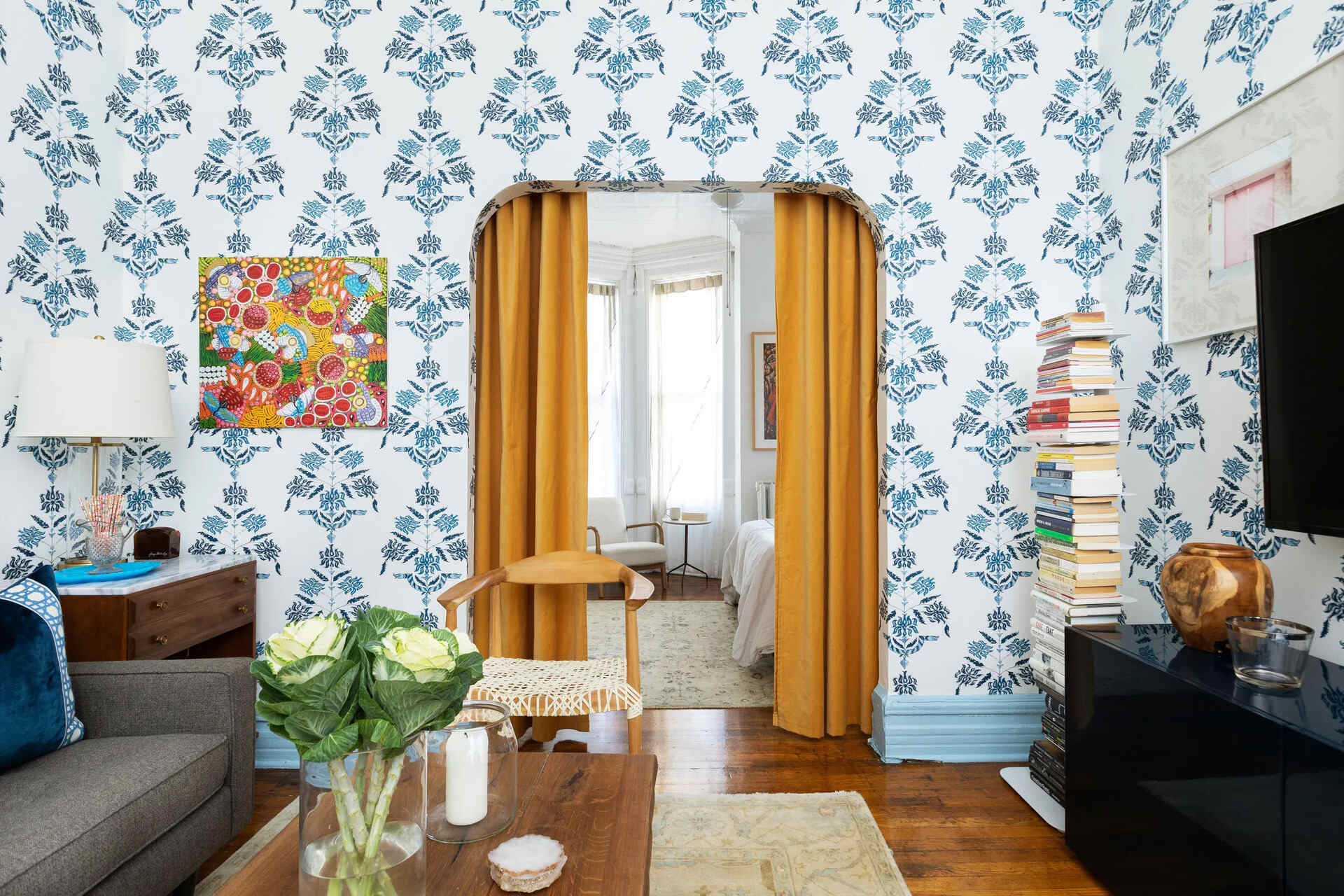
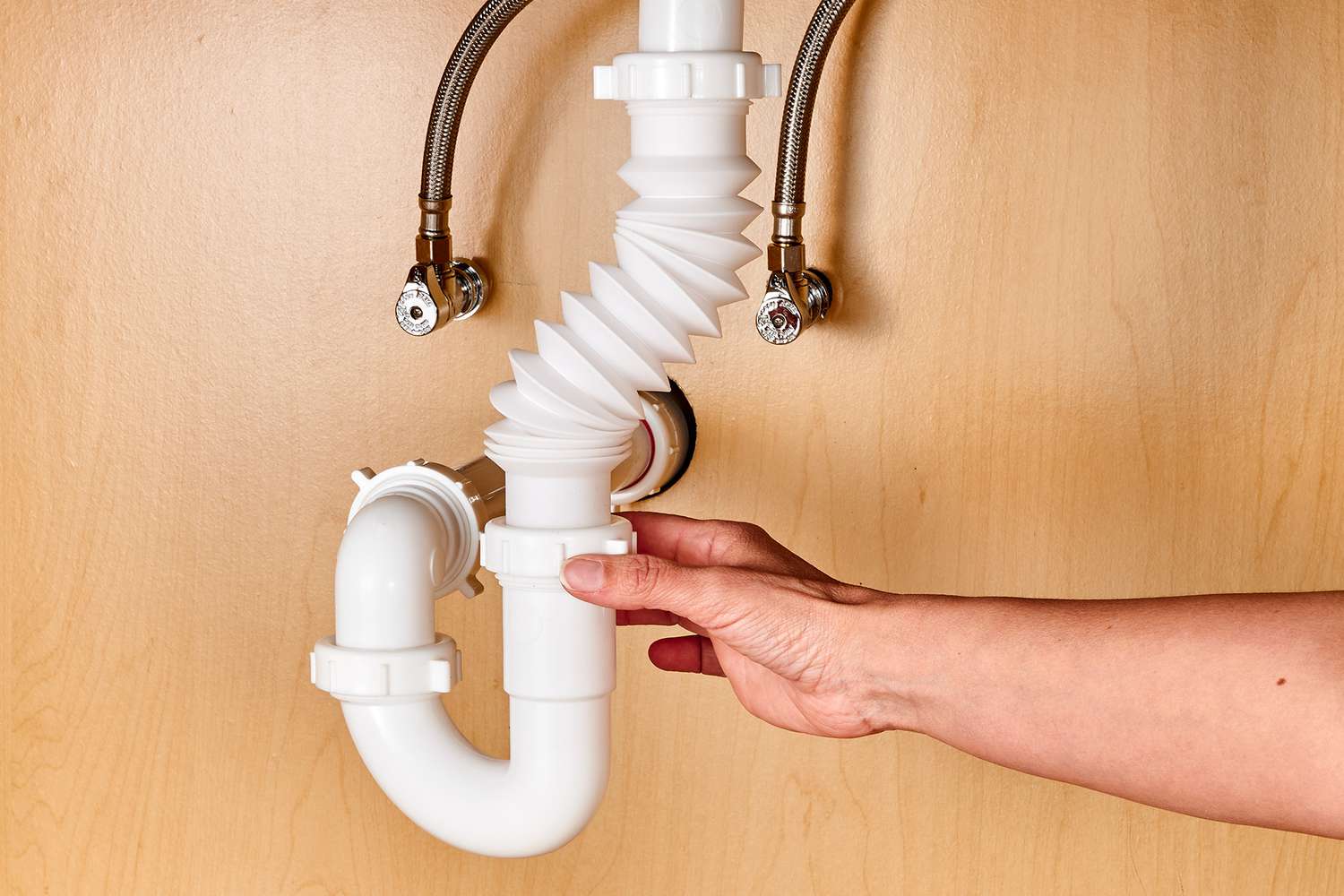
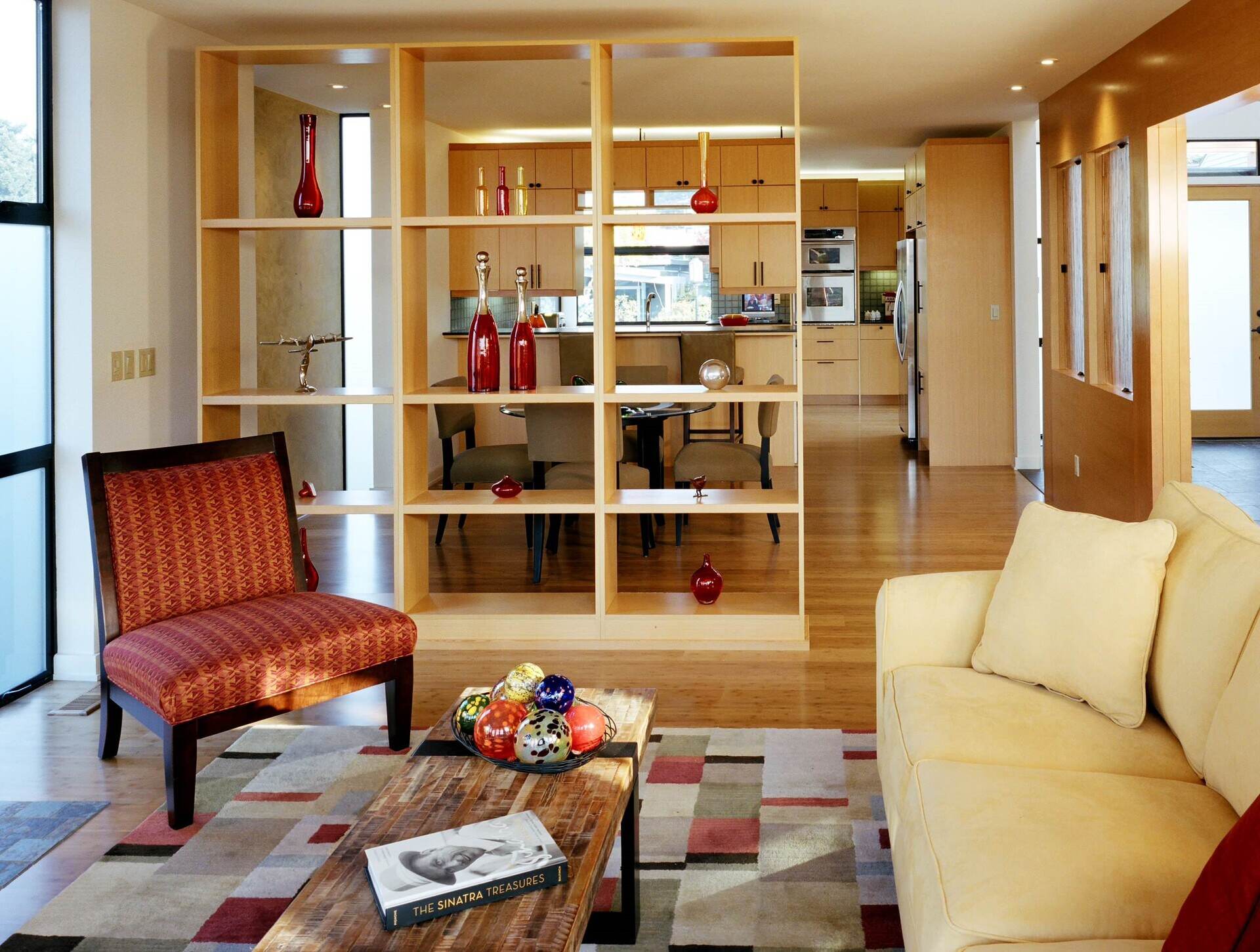
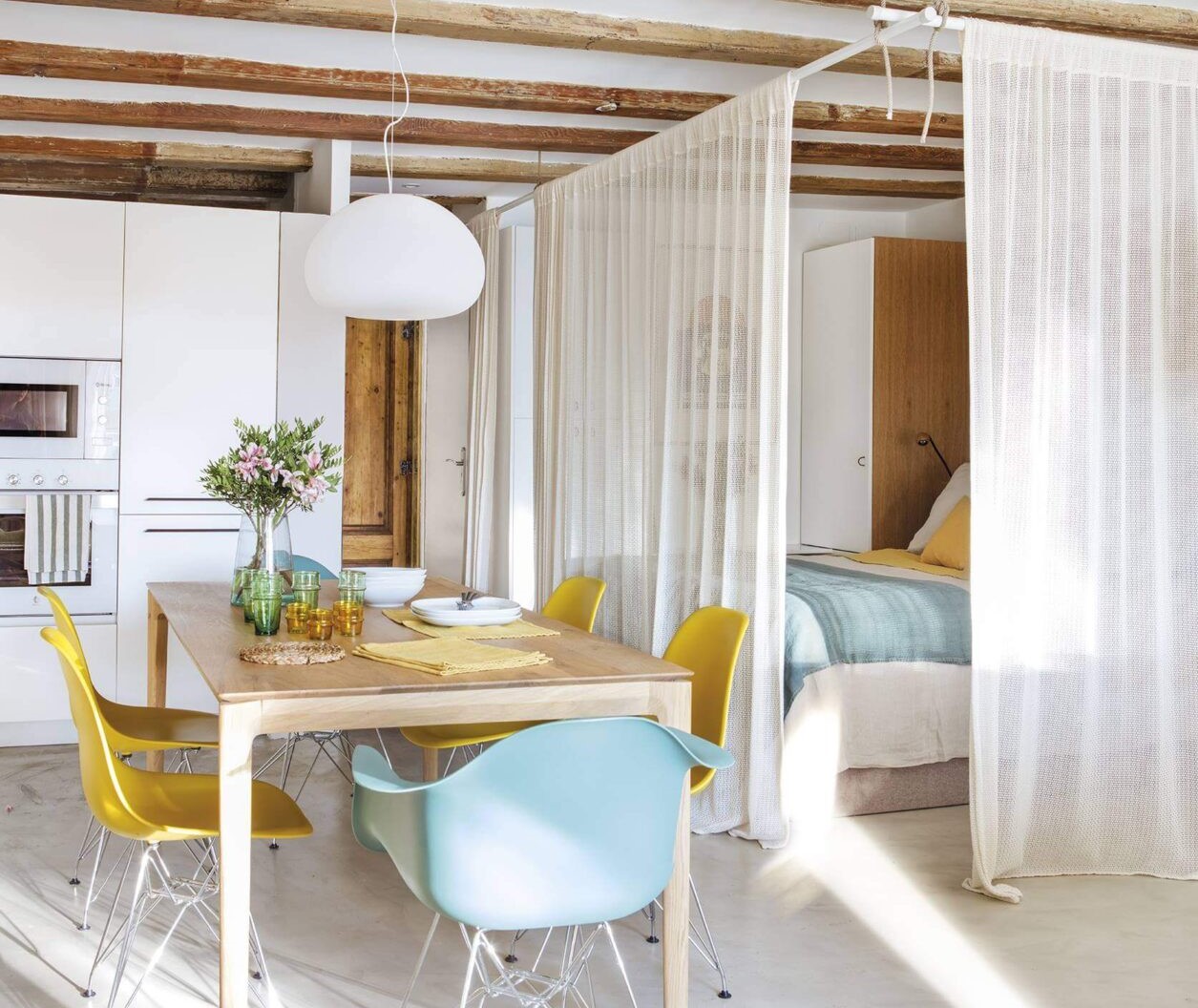

0 thoughts on “How To Make A Room Divider Using PVC Pipe”